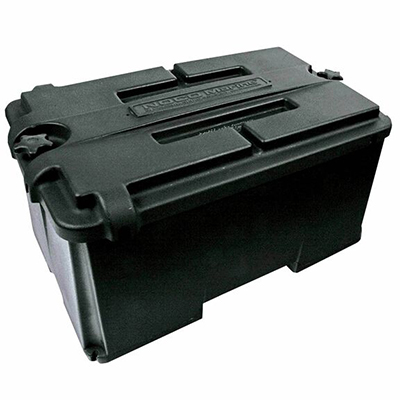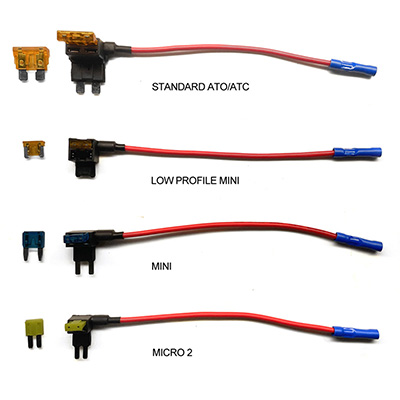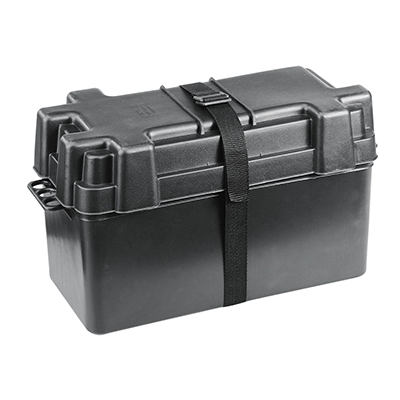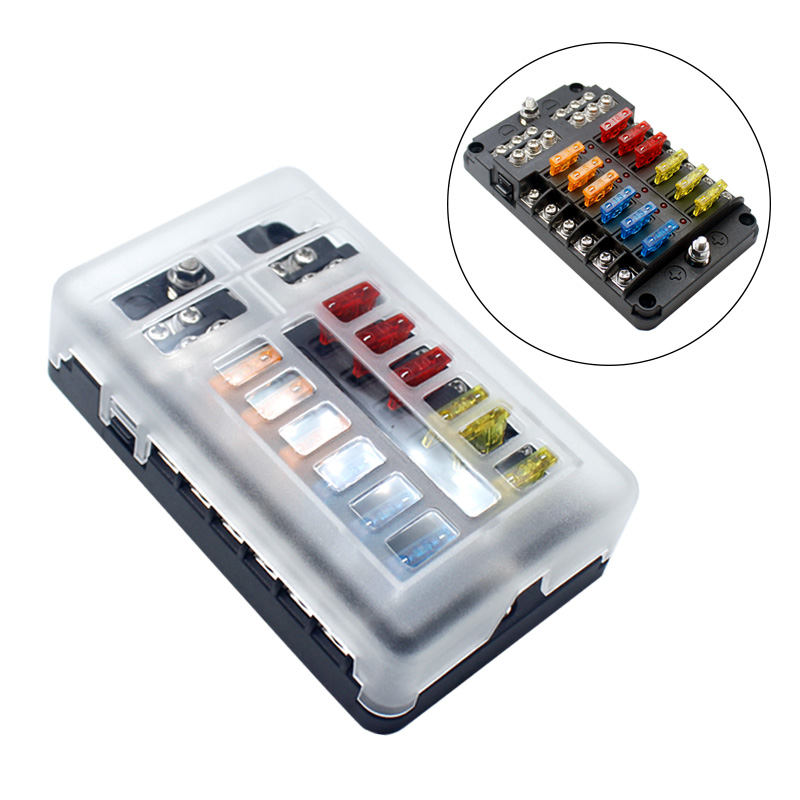Ultimate Guide to Selecting and Fitting Battery Boxes in Compact SUVs
News 2025-10-20
When it comes to maintaining or upgrading a compact SUV, the battery box plays a crucial role in ensuring reliable performance and safety. Compact SUVs, popular for their balance of space and efficiency, often require specific battery box sizes to fit seamlessly within their engine compartments. This guide explores the essential aspects of sizing and compatibility, helping owners and mechanics make informed decisions. Understanding these factors can prevent common issues like improper fits that lead to vibrations or safety hazards, ultimately extending the vehicle’s lifespan and reliability.

Key Dimensions for Battery Boxes
Battery boxes for compact SUVs must adhere to precise dimensions to ensure a secure fit. Typically, these boxes range from 200mm to 300mm in width, 150mm to 250mm in height, and 200mm to 350mm in depth, depending on the model. For instance, vehicles like the Honda CR-V or Toyota RAV4 often accommodate standard sizes around 260mm x 180mm x 280mm. It’s vital to measure the battery compartment accurately, considering factors such as mounting points and clearance for cables. Using the correct size not only optimizes space but also enhances weight distribution, reducing strain on the vehicle’s frame during operation.
Ensuring Compatibility with Vehicle Models
Compatibility is critical when selecting a battery box, as it affects electrical system integration and overall functionality. Compact SUVs vary in design, so checking the vehicle’s manual or consulting a professional is essential. Factors include voltage ratings, terminal types, and material compatibility with the SUV’s environment. For example, corrosion-resistant materials are ideal for off-road models like the Jeep Compass. Proper compatibility ensures efficient power delivery, minimizing risks of short circuits or failures. This step is particularly important in diverse applications, from daily commutes to adventurous drives, where reliability under varying conditions is paramount.
Performance Advantages and Real-World Applications
In practical scenarios, the right battery box size and compatibility offer significant performance benefits. For compact SUVs used in urban settings or long highway trips, a well-fitted box improves energy efficiency and reduces maintenance needs. Performance advantages include better thermal management, which prevents overheating in hot climates, and enhanced durability against vibrations on rough terrain. Applications range from standard family vehicles to customized off-road builds, where optimized battery systems support features like advanced infotainment or electric assists. Selecting the appropriate box not only boosts vehicle longevity but also aligns with modern demands for eco-friendly and high-performance automotive solutions.
Frequently Asked Questions
1. What factors determine the ideal battery box size for a compact SUV?
Answer: The ideal size depends on the vehicle’s make and model, with standard measurements often listed in owner manuals; always measure the compartment for precision.
2. How can I check compatibility before purchasing a battery box?
Answer: Review the SUV’s battery specifications, including voltage and terminal configuration, and compare them with the box’s details from reliable manufacturers.
3. What performance improvements come from proper battery box fitting?
Answer: A correct fit enhances safety, reduces electrical issues, and improves energy efficiency, leading to better overall vehicle reliability and longevity.


